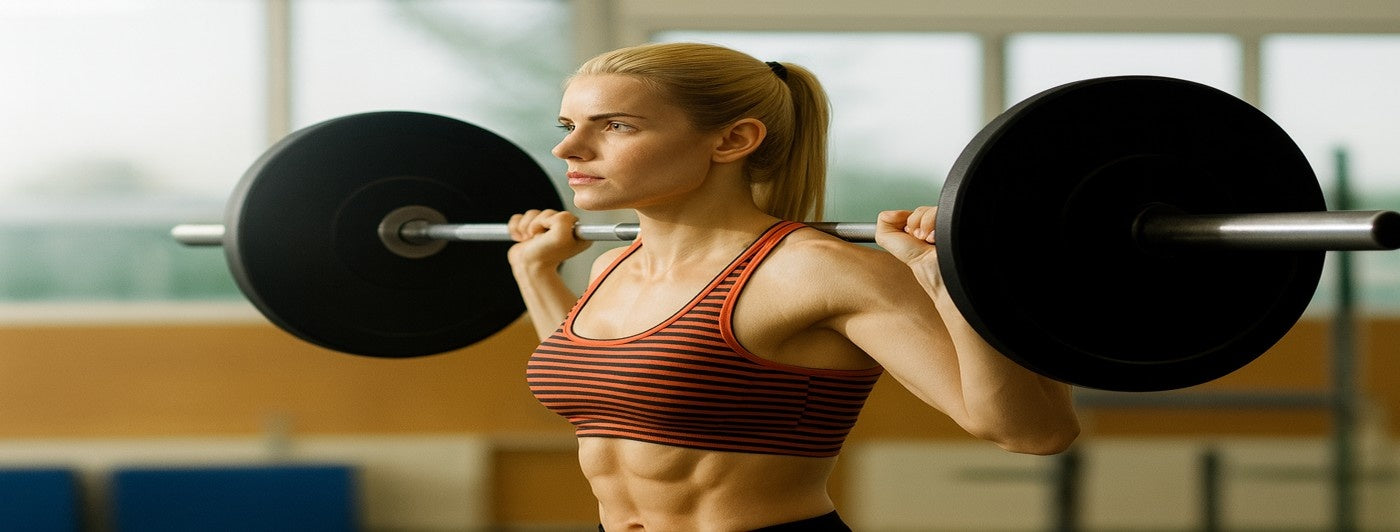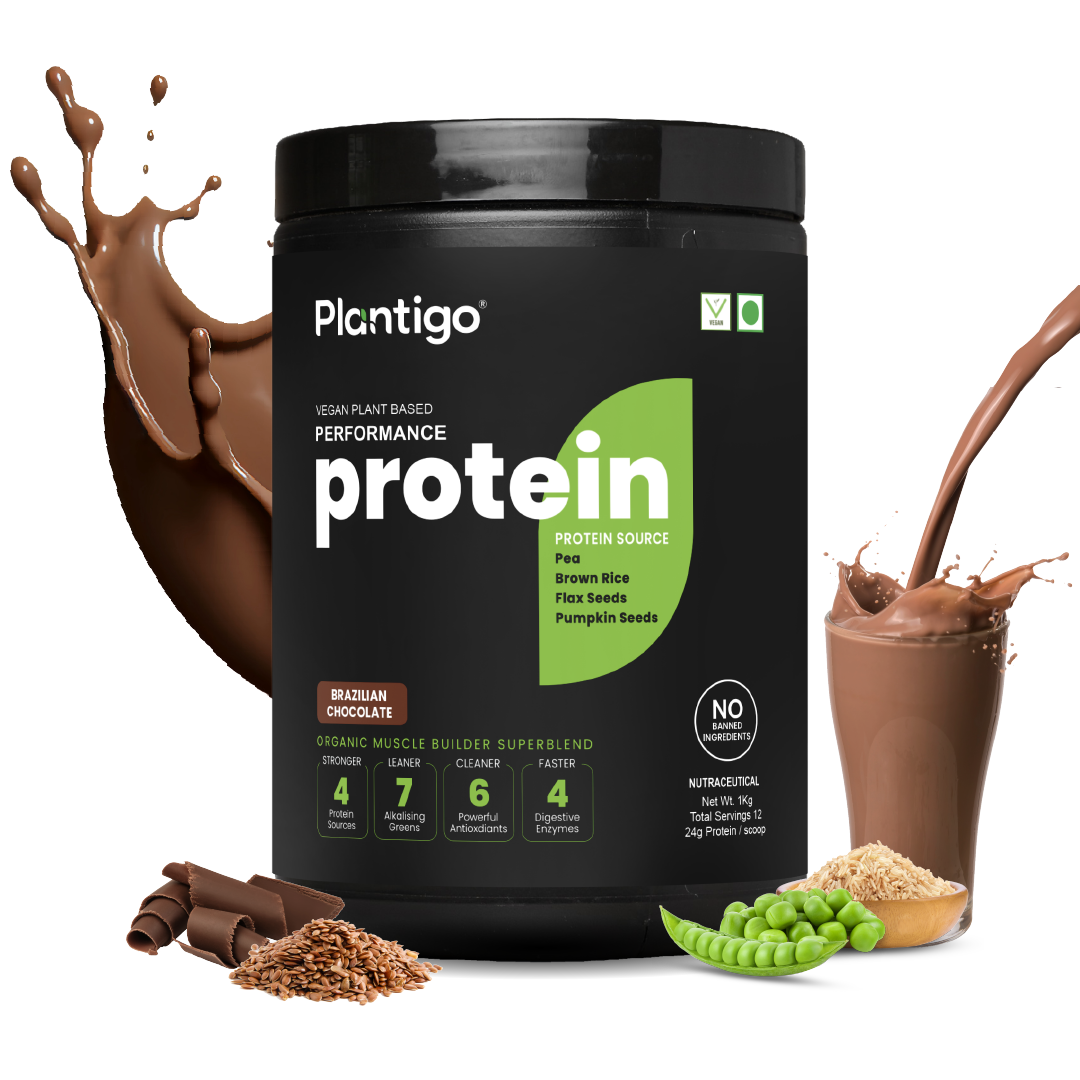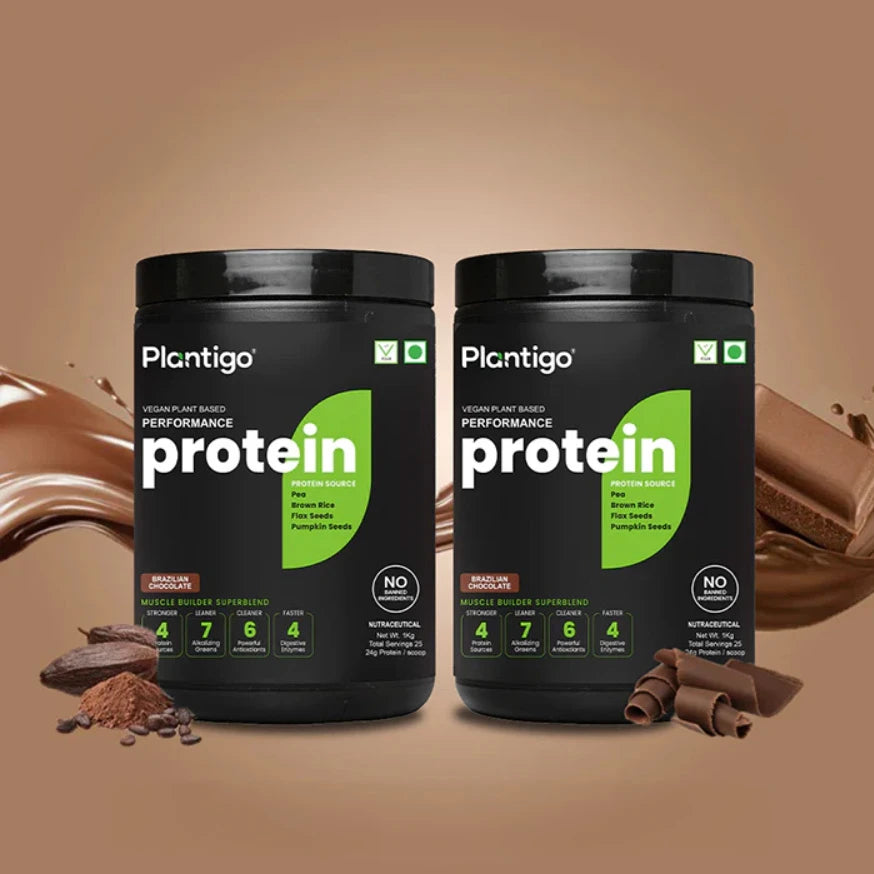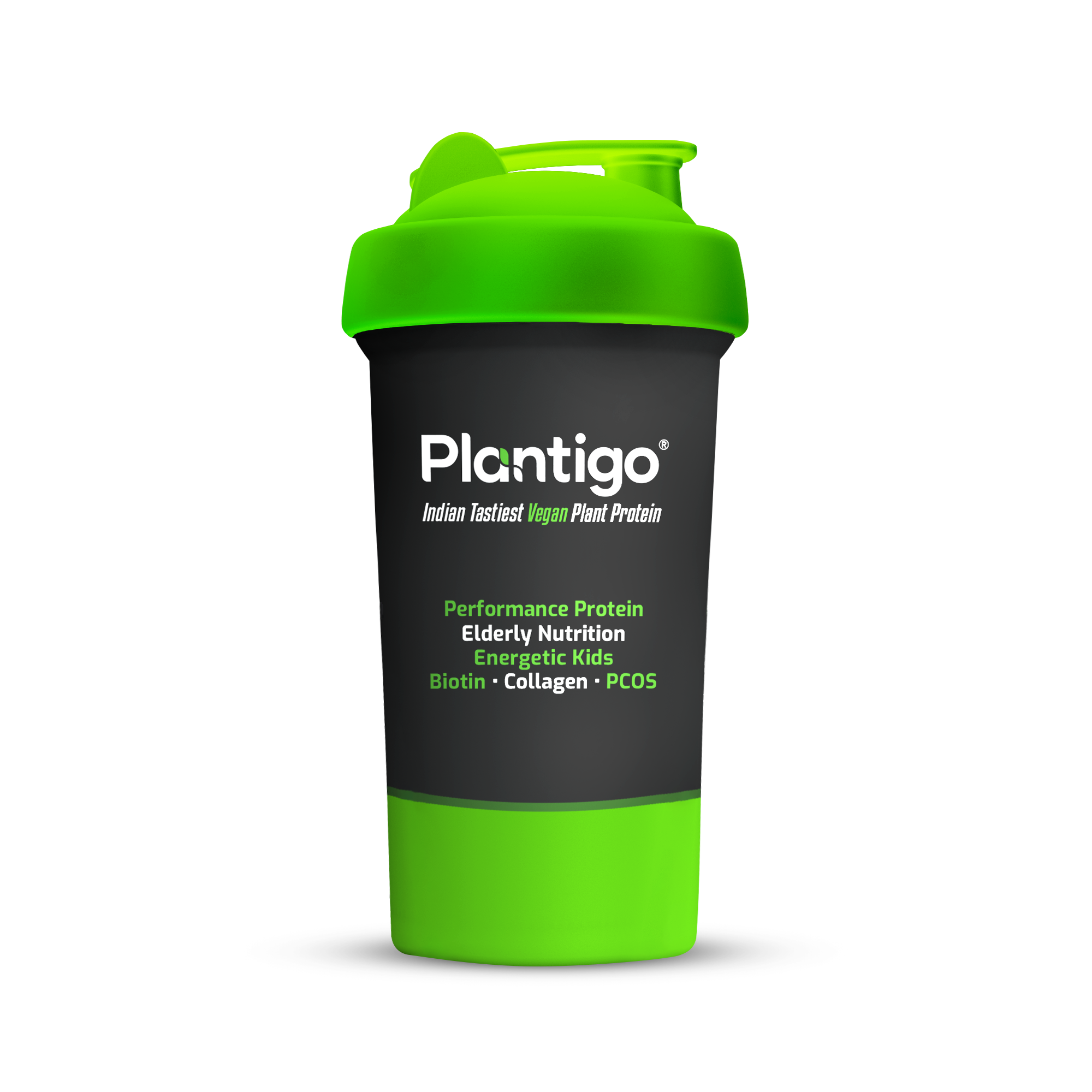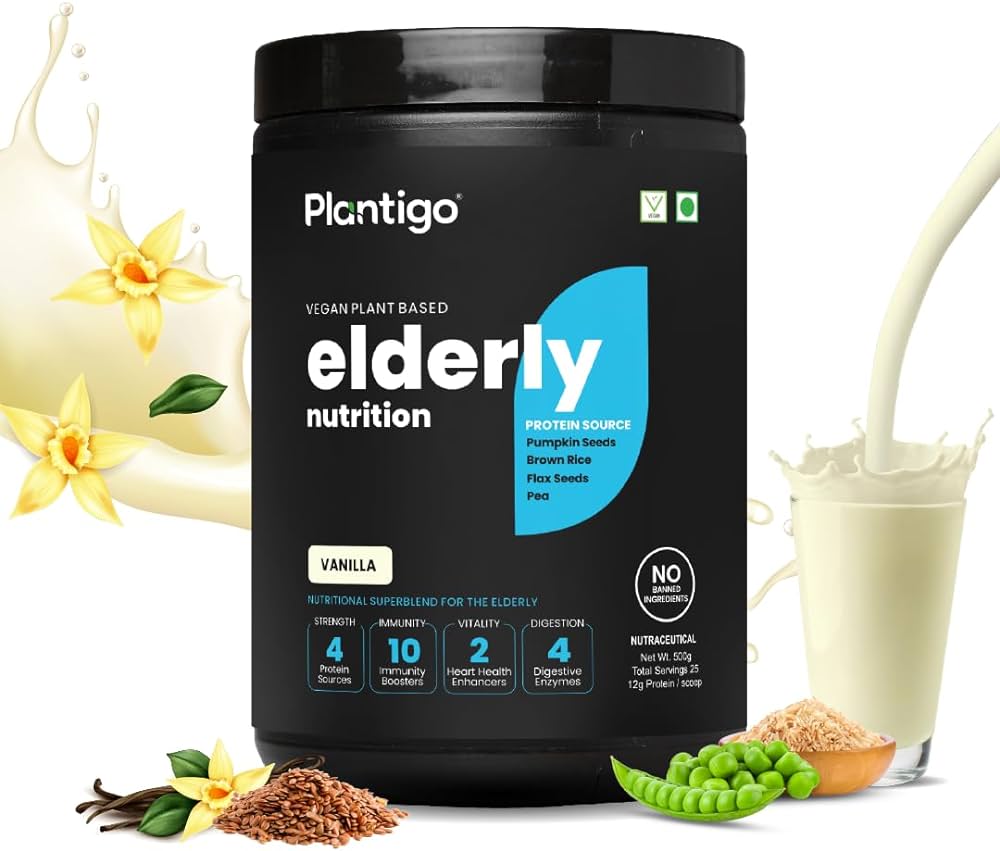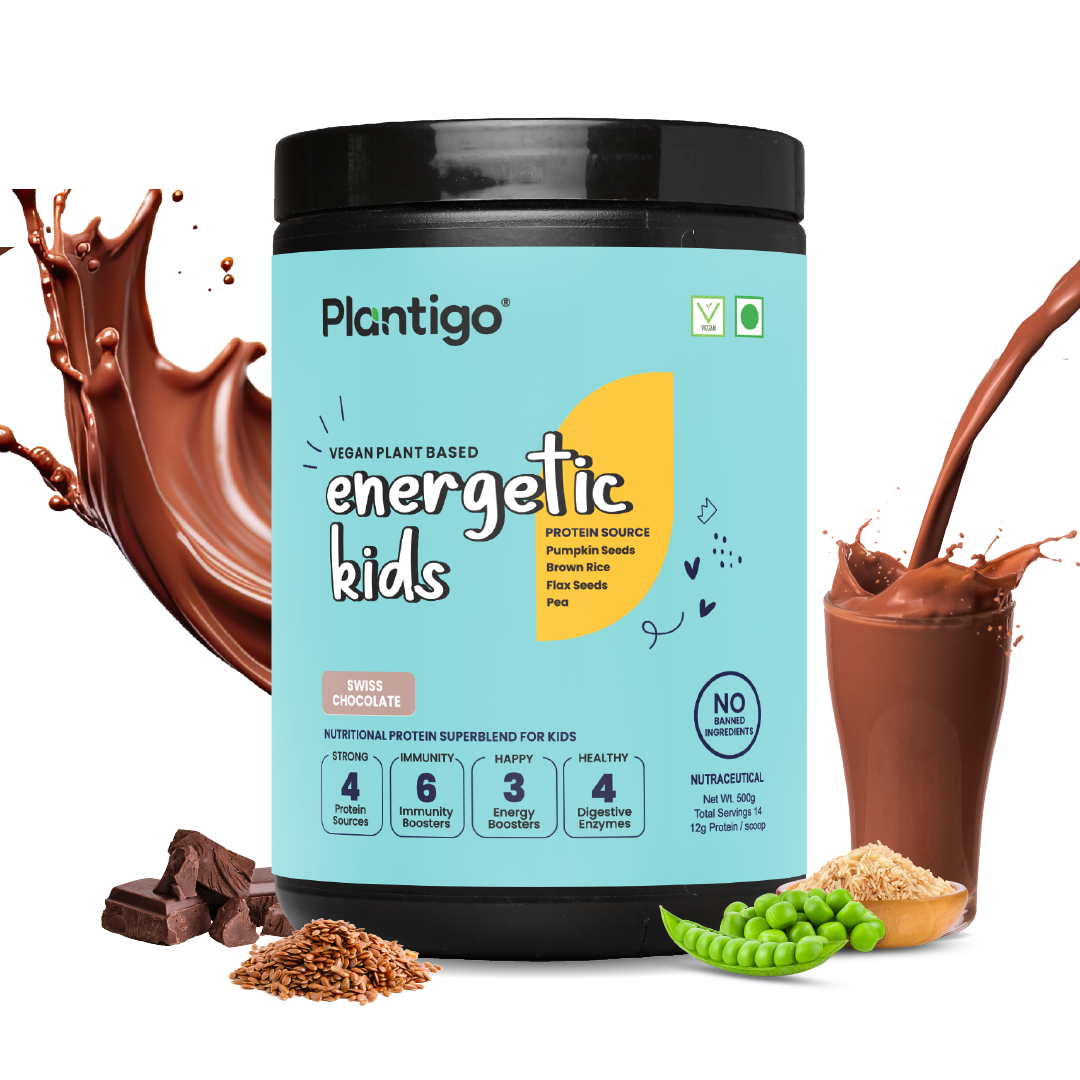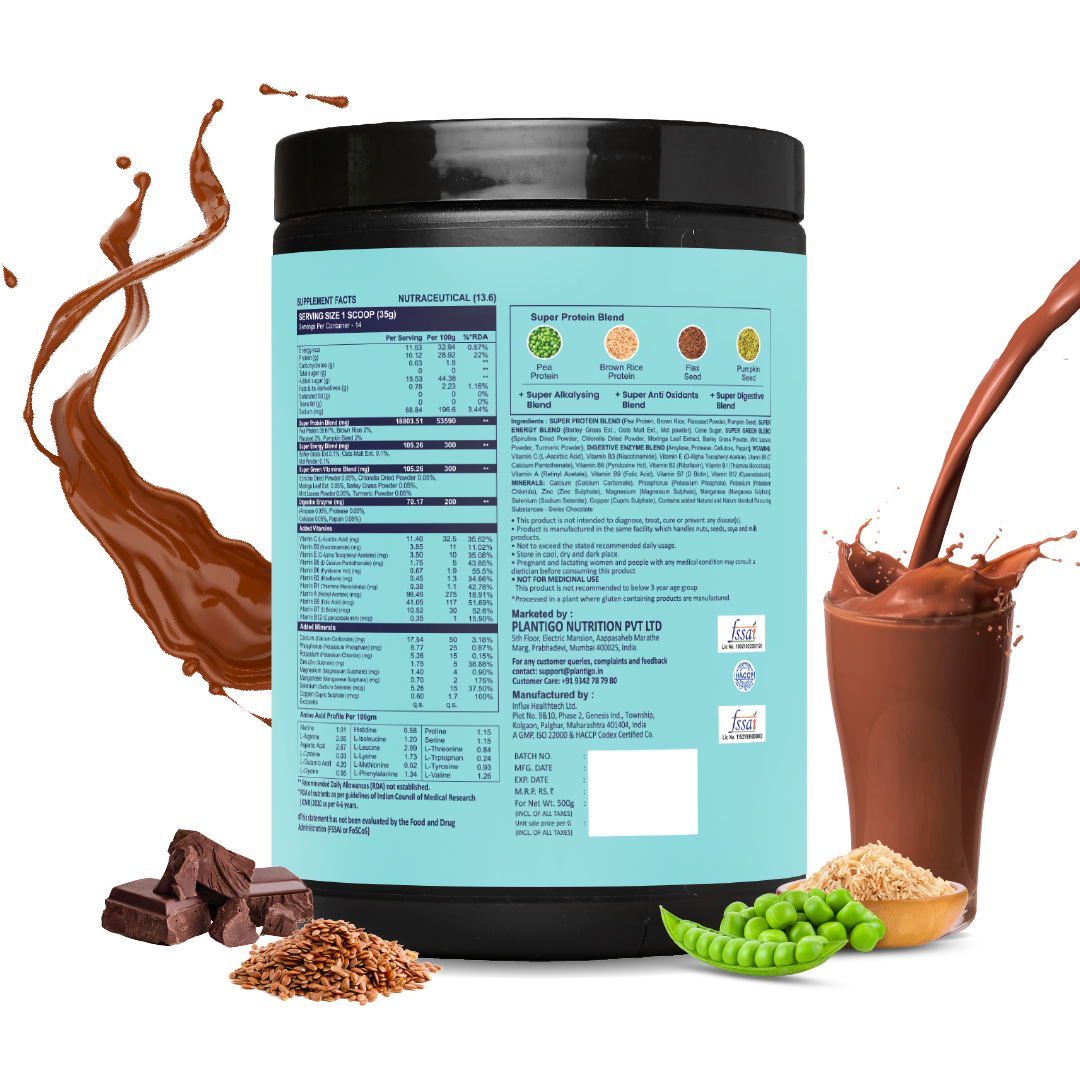Struggling to build lean muscle despite consistent workouts? The answer might lie in your diet, specifically in the type of protein you consume. While supplements dominate the fitness industry, the truth is, natural protein sources often work better for long-term, sustainable results. One such powerhouse is 100 gram paneer protein, a nutrient-dense food that fuels muscle growth effectively without artificial additives.
Paneer, or cottage cheese, is a staple in many Indian households and is loaded with high-quality protein, healthy fats, and essential nutrients. For vegetarians who rely on plant protein naturally from foods like legumes, nuts, and seeds, paneer bridges the gap by offering a complete amino acid profile crucial for muscle development.
Incorporating 100 gram paneer protein into your daily diet can significantly boost your muscle growth, improve recovery, and enhance overall fitness performance. Unlike highly processed supplements, paneer is a natural whole-food protein source that can be easily integrated into everyday meals. For anyone serious about strength and fitness, this versatile protein source is a game-changer.
Let’s dive deeper into how 100 gram paneer protein powers your muscle growth naturally and why it deserves a permanent place in your nutrition plan.
The Nutritional Power of 100 Gram Paneer Protein
A single serving of 100 gram paneer protein provides approximately 18–20 grams of slow-digesting protein along with calcium, phosphorus, and healthy fats. Its slow digestion rate makes it perfect for sustained amino acid release, supporting muscle repair even while you sleep. This is why many athletes and fitness enthusiasts prefer 100 gram paneer protein as an evening snack or post-workout meal.
Moreover, paneer’s casein-rich profile helps reduce muscle breakdown, ensuring a steady supply of protein for hours. Unlike fast-digesting protein sources, 100 gram paneer protein works over time, which is particularly beneficial for individuals who are into resistance training or endurance workouts.
Nutritional Value of 100 Gram Paneer Protein
|
Nutrient |
Amount (per 100 g) |
Key Benefits |
|
Protein |
18–20 g |
Supports muscle growth and repair |
|
Fat |
20–22 g |
Provides energy and aids vitamin absorption |
|
Carbohydrates |
1–2 g |
Low carb, ideal for weight management |
|
Calcium |
200–250 mg |
Strengthens bones and teeth |
|
Phosphorus |
140–160 mg |
Crucial for energy production |
|
Vitamin B12 |
0.8–1 mcg |
Supports nerve function and red blood cells |
|
Casein Protein |
Slow-digesting |
Prevents muscle breakdown over long hours |
|
Calories |
260–300 kcal |
Balanced energy source for fitness goals |
This nutrient-rich profile makes 100 gram paneer protein not just a muscle-building food but also an excellent choice for improving bone health, energy metabolism, and satiety levels.
How 100 Gram Paneer Protein Builds Lean Muscle
Muscle growth occurs when muscle fibers repair and grow stronger after resistance training. The process requires a steady supply of amino acids to support repair and synthesis. 100 gram paneer protein provides high-quality casein protein, which releases amino acids slowly into the bloodstream.
-
Anti-Catabolic Effect: The slow-digesting casein in paneer helps prevent muscle breakdown during long fasting periods (e.g., overnight).
-
Positive Nitrogen Balance: Regular intake of 100 gram paneer protein maintains the nitrogen balance essential for muscle hypertrophy.
-
Enhanced Recovery: Combining paneer with antioxidant rich foods in India like amla, spinach, and blueberries reduces exercise-induced oxidative stress, speeding up recovery.
When consumed strategically—such as post-workout or before bed—100 gram paneer protein can significantly improve muscle repair and long-term growth.
Paneer vs. Other Protein Sources
When comparing protein sources, 100 gram paneer protein holds its own:
-
Eggs: One egg has ~6g protein; you’d need 3–4 eggs to match the protein in 100 g of paneer.
-
Lentils: One cup of cooked lentils has ~9g protein but lacks certain amino acids present in paneer.
-
Protein Supplements: While supplements are concentrated, they are processed and may lead you to wonder how is protein powder made, whereas paneer is natural and additive-free.
For vegetarians or those seeking whole-food options, paneer is a superior choice. While exploring alternatives like the best plant based protein or plant based protein powder can complement your intake, paneer offers a balanced amino acid profile naturally.
Additionally, everyday foods like the protein in 1 roti (about 2–3g) are insufficient on their own to meet muscle-building protein needs, reinforcing the importance of high-protein sources like paneer.
Incorporating 100 Gram Paneer Protein into Your Diet
Paneer’s versatility makes it easy to include in multiple meals throughout the day:
-
Morning Pre Workout Meal: Combine paneer cubes with oats or whole-grain toast for sustained energy.
-
Post-Workout Snack: Mix paneer with vegetables or herbs for a light, protein-rich recovery meal.
-
Evening Snack: Pair paneer with nuts or fruits to control hunger and stabilize energy levels.
-
Bedtime Snack: Eating paneer before bed helps deliver a steady amino acid release overnight.
Pairing paneer with collagen rich fruits like oranges or guavas not only aids muscle recovery but also improves joint and skin health, which is crucial for overall fitness.
Supporting Weight and Energy Goals
100 gram paneer protein is not just for muscle growth—it’s also great for managing weight and energy:
-
For Fat Loss: Its high satiety factor keeps hunger at bay. Combine it with drinks to reduce belly fat such as green tea or lemon-infused water to maximize fat-burning potential.
-
For Weight Gain: Paneer is calorie-dense yet nutrient-rich. Pair it with chia seeds for weight gain to easily meet your calorie surplus goals for bulking.
-
For Women: There are also specific chia seeds benefits for females, including hormone regulation and bone health, making paneer and chia an excellent combination for active women.
Natural and Sustainable Muscle Growth
One of the biggest advantages of 100 gram paneer protein is that it supports natural and sustainable muscle growth. Unlike supplements, it provides nutrients in their natural form, ensuring better digestion and absorption.
For those on vegetarian or semi-vegetarian diets, paneer offers a solid base protein source that pairs well with other foods like legumes, nuts, and plant protein sources. Supplementing with high-quality options like plant based protein powder can further help meet your fitness targets, especially for individuals with higher protein demands.
Sample Daily Meal Plan Using 100 Gram Paneer Protein
Here’s a quick example of how to integrate 100 gram paneer protein into a day’s diet for muscle growth:
-
Breakfast (Pre-Workout): Paneer and spinach stuffed whole-grain wrap with a side of berries.
-
Post-Workout Snack: Grilled paneer cubes with mixed vegetables and lemon.
-
Lunch: Paneer curry with brown rice and a side salad including antioxidant rich foods in India like carrots and beetroot.
-
Evening Snack: Paneer slices with nuts and collagen rich fruits such as kiwi.
-
Dinner: Light paneer bhurji (scramble) with multigrain roti (noting protein in 1 roti).
-
Bedtime Snack: A small serving of plain paneer to support overnight recovery.
Final Thoughts
Building muscle doesn’t require complicated supplements or restrictive diets. With 100 gram paneer protein, you can achieve steady, natural gains while nourishing your body with essential nutrients. Its slow-digesting casein protein, vital minerals, and satiating effect make it a powerful ally for both fitness and overall health.
Start by adding 100 gram paneer protein to your daily meals—pair it with antioxidant rich foods in India, collagen rich fruits, and smart combinations like chia seeds and whole grains to maximize results. Combine this with consistent strength training and balanced macronutrient intake, and watch your muscle growth, recovery, and overall fitness reach new heights.
Make the switch today: Add 100 gram paneer protein to your diet, fuel your workouts naturally, and experience the difference in your strength and energy levels. Your path to lean muscle starts now!
Frequently Asked Questions
1. Can I eat 100 gm paneer daily?
Yes, you can eat 100 gm paneer daily. It provides around 18–20 g of protein, healthy fats, and calcium, which support muscle growth, bone health, and satiety. For most healthy adults in India, consuming 100 gm paneer daily is safe and beneficial. If you have lactose intolerance or cholesterol concerns, opt for low-fat paneer or consult a dietitian.
2. How much protein is in 50g of paneer?
50 g of paneer contains approximately 9–10 g of protein. This makes it a convenient source for meeting daily protein needs, especially for vegetarians. Pairing 50 g of paneer with other protein-rich foods like lentils or chickpeas is ideal for balanced meals in Indian diets.
3. Which is a protein-rich food?
Protein-rich foods include paneer, eggs, chicken, fish, soybeans, lentils, chickpeas, quinoa, and Greek yogurt. For vegetarians in India, paneer, lentils, chickpeas, and soy products are the best sources of high-quality protein for muscle building and overall nutrition.
4. Which vegetable is high in protein?
Vegetables high in protein include green peas, spinach, broccoli, and kale. For example, 100 g of green peas provides about 5 g of protein. Combining these vegetables with paneer or dals in Indian meals is an effective way to boost protein intake naturally.
5. Is paneer a junk food or not?
Paneer is not a junk food. It is a nutrient-dense dairy product rich in protein, calcium, and healthy fats. When consumed in moderation, paneer supports muscle growth, bone strength, and satiety. However, fried or heavily processed paneer dishes with excess oil can be unhealthy, so it is best consumed fresh or lightly cooked.



